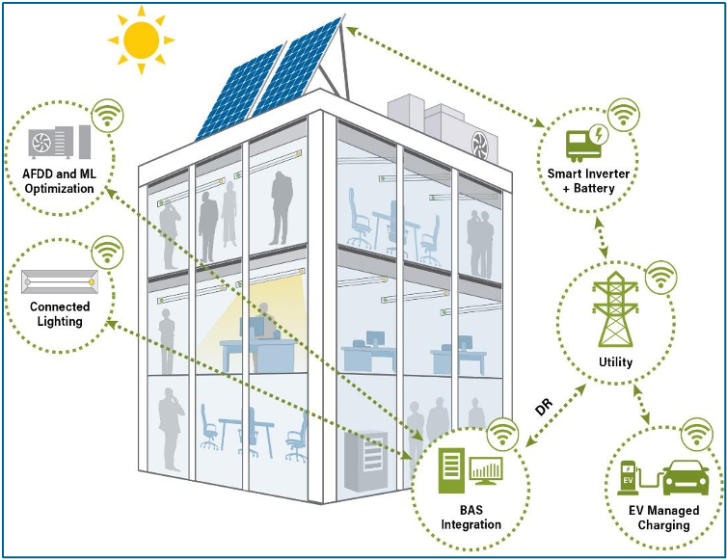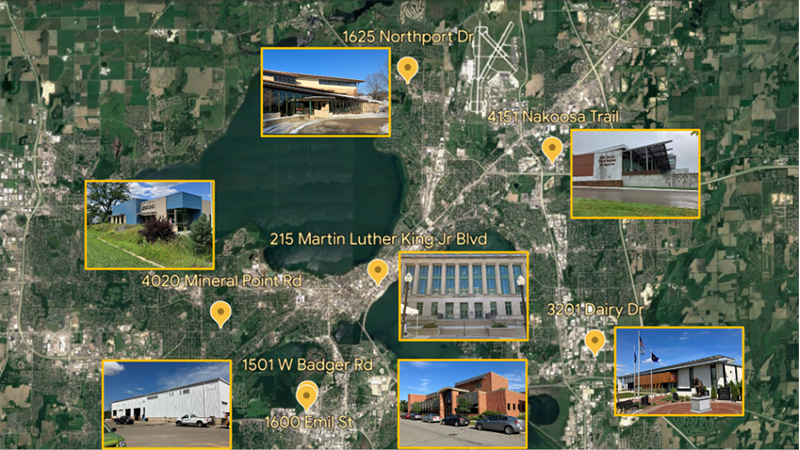Connecting Communities for Sustainable Solutions
This pilot will start with seven publicly owned buildings before expanding to up to ten additional medium-to-large commercial buildings to upgrade into GEBs. Project deliverables include scalable business models for utilities bundling of aligned demand response and energy efficiency incentive programs, turnkey installation under a single vendor, and a GEB toolkit with integrated financing options to address opportunities in public and private buildings.
Project Lead
Slipstream
Planned Location of Buildings
Madison, WI
Partners
Madison Gas & Electric
City of Madison
RMI
ACEEE
bluEvolution
Building types
Municipal demonstration of seven city-owned buildings and a utility pilot considering up to 10 additional, existing medium-to-large commercial buildings
New or retrofit buildings
Retrofit buildings
Energy Efficiency Target
39% total energy savings from enhanced retro-commissioning of HVAC and lighting controls, combined with LED retrofits
Total load
N/A
DERs planned
HVAC, lighting, electric vehicles with charging infrastructure (500 kW), battery storage systems (500 kW), and smart inverters with rooftop photovoltaics; controlled by Energy Management Information System at each building
Flexible Loads
This project is planning continuous demand management with building automation including LED lighting retrofits with advanced controls (dynamic task tuning) integrated with HVAC controls (temperature and ventilation resets). Also planned is a load shed of the same lighting and HVAC systems, as well as batteries and electric vehicles. Finally, the batteries will also be used for load shift.
Coordinated Controls
Automated demand response will be implemented through a Demand Response Management Systems (DRMS)
Grid issues addressed
N/A
Grid services planned
Continuous monthly peak reduction will be achieved from peak load shedding and shifting for distribution capacity relief, economic energy dispatch, and distribution voltage management
Solar and Battery
Solar plus storage is planned at two City of Madison buildings. The first site has an existing 299 kW PV array with a new battery specified at 125 kW and 220 kWh. The second site has an existing 154 kW PV array with a battery specified at 24 kW and 100 kWh. A battery management system will be integrated with the Energy Management Information System at each building. This will allow continuous demand management to minimize utility bill demand charges while maintaining minimum battery state of charge for backup power. A portion of the battery charge will be reserved for resilience while the remainder will be dispatchable for demand response events

